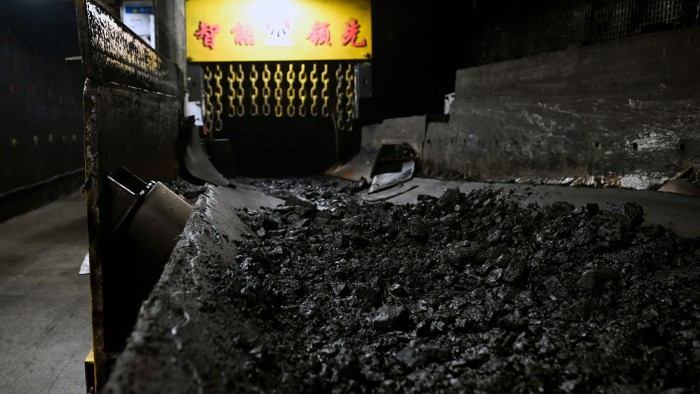Some countries have increased coal use not just because coal is “cheap” (“Why the world is not quitting coal”, The Big Read, June 18), but because coal is backed by state interests that continue to protect, subsidise and promote its use.
In China, coal-heavy regions including Inner Mongolia and Xinjiang offer guaranteed annual operating hours for coal plants, securing a steady revenue stream and economic base. This policy has helped drive a surge in new coal plant permits and construction, largely pushed by state-backed coal mining interests. In India, government policy has long supported coal use through long-term power purchase agreements with fixed payments and artificially low prices for domestic coal, helping shield coal power from competition. Long-term capacity payments for new coal plants in neighbouring Pakistan and Bangladesh have driven power prices so high that broad swaths of the population are installing solar panels for some economic relief.
In the US, uneconomic dispatch — that is, using coal power when cheaper options are available — has cost ratepayers an estimated $2bn annually in higher energy costs.
The Trump administration is expanding this approach by forcing an ageing Michigan coal-fired power plant to stay online despite assessments by the grid operator, the utility and the state authorities that the plant is not needed.
In Brazil, coal powers less than 2 per cent of the country’s electricity supply, yet Brazil’s Congress, the legislative branch of the federal government, is currently debating extending $16bn worth of subsidies through to 2050 for just two coal plants, propping up their continued use.
Coal persists not because it is cheap, but because its real price is hidden — passed on from protected coal interests to the public through subsidies, higher energy bills and public debt.
Re-evaluating these long-standing coal subsidies could help the world finally quit coal.
Christine Shearer
Project Manager, Global Coal Plant Tracker, Global Energy Monitor, Covina, CA, US
